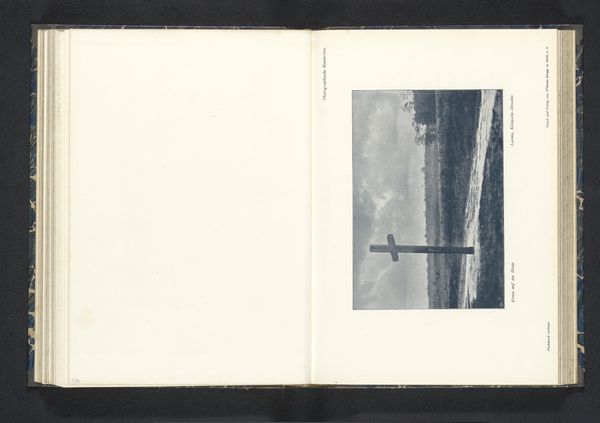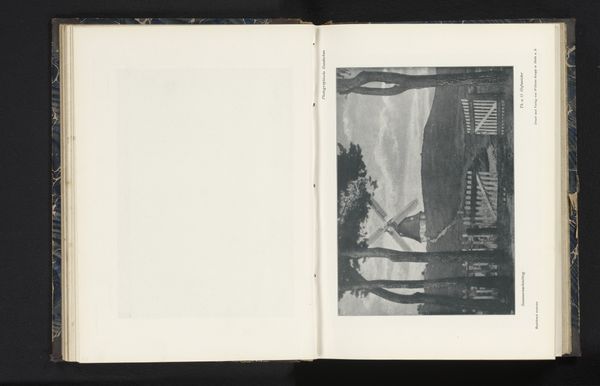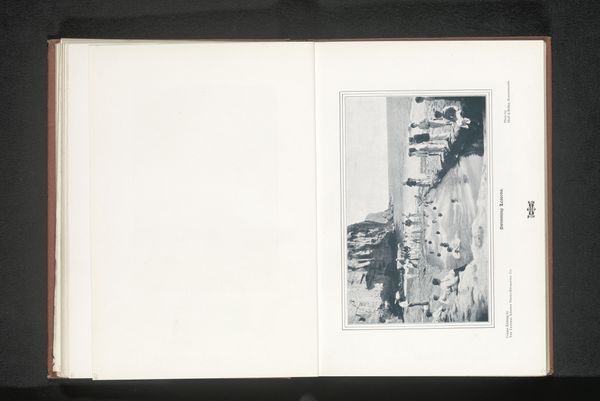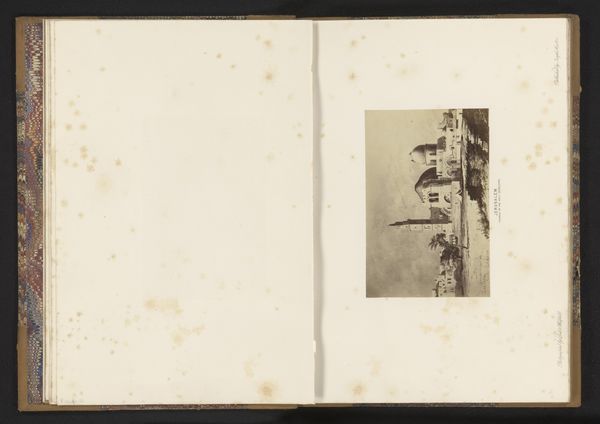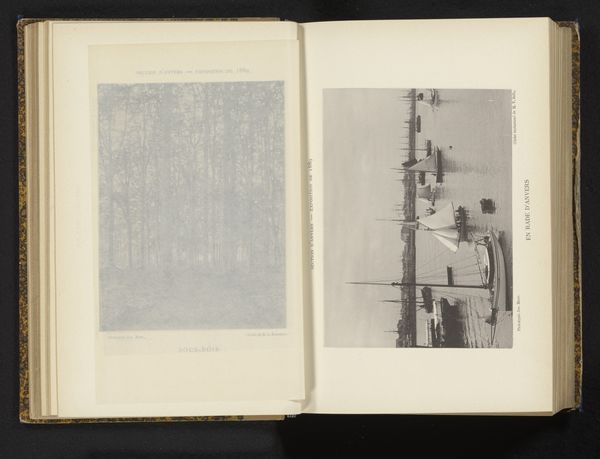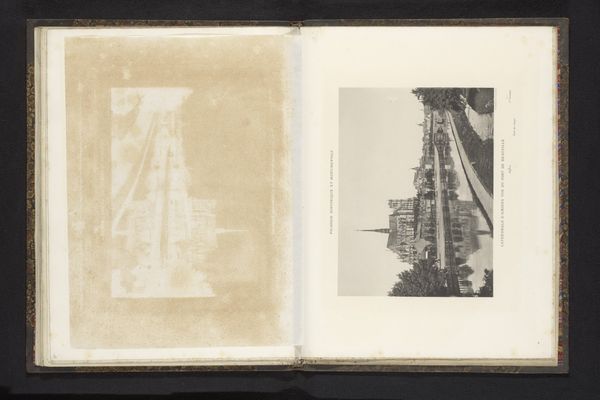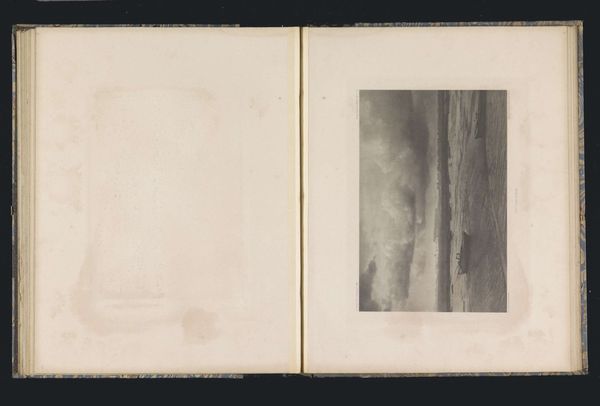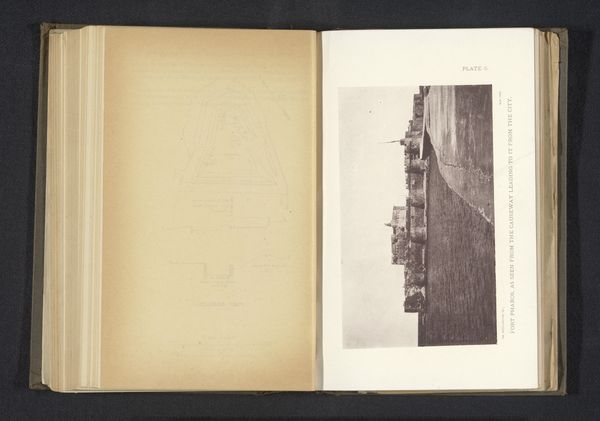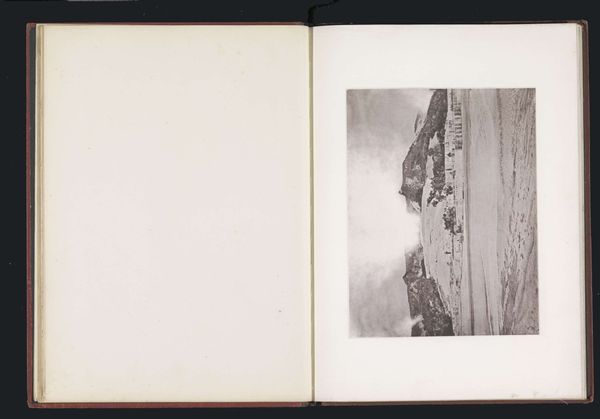
print, plein-air, photography
#
ship
# print
#
plein-air
#
landscape
#
photography
#
watercolor
Dimensions: height 116 mm, width 176 mm
Copyright: Rijks Museum: Open Domain
Editor: So, this image is titled "Gezicht op de monding van de River Esk te Whitby bij eb," which translates to "View of the mouth of the River Esk at Whitby at low tide." It's dated before 1898, attributed to F.C. Lambert, and appears to be a print, maybe based on a photograph. I'm really struck by how the stillness of the water contrasts with the industrial presence of the ships; it almost feels melancholic. How do you interpret this work? Curator: Well, it's interesting to consider this image as a product of its time. Late 19th century Britain was heavily invested in its maritime power, both commercially and militarily. Think about who had access to art photography like this, and what those people may have felt and valued. What might an image like this communicate to its viewers about Britain's identity at that time? Editor: So, it’s not just a landscape, it's also about national pride? It feels a little contradictory though; the low tide seems to imply a sense of vulnerability, almost the opposite of maritime strength. Curator: Exactly! That tension is precisely where the cultural meaning lies. Consider the development of photography during this period and the rise of the picturesque movement. What values did both emphasize, and how are those reflected, or challenged, in this specific work? What were the social values influencing the reception of images like these? Editor: That's a good point; the very act of framing and presenting this scene as a picturesque "view" speaks volumes. And, looking at it now, the ships don’t look powerful, but abandoned somehow. Almost makes you question British power, maybe? Curator: Precisely. Even a seemingly simple landscape photograph can become a powerful document of its time, reflecting the complex relationship between national identity, technological advancement, and social perception. It's also a reminder that photographic truth is always constructed, always mediated by cultural values and perspectives. Editor: This has really shifted how I see it, thinking about the culture and assumptions baked into it, it's so much more layered than I initially thought. Thanks. Curator: My pleasure. It's about remembering art exists in, and is of, its time, and invites constant questioning.
Comments
No comments
Be the first to comment and join the conversation on the ultimate creative platform.
